The Incredible Story Of A Russian Family Cut Off From All Human Contact For 40 Years, Unaware of WW2
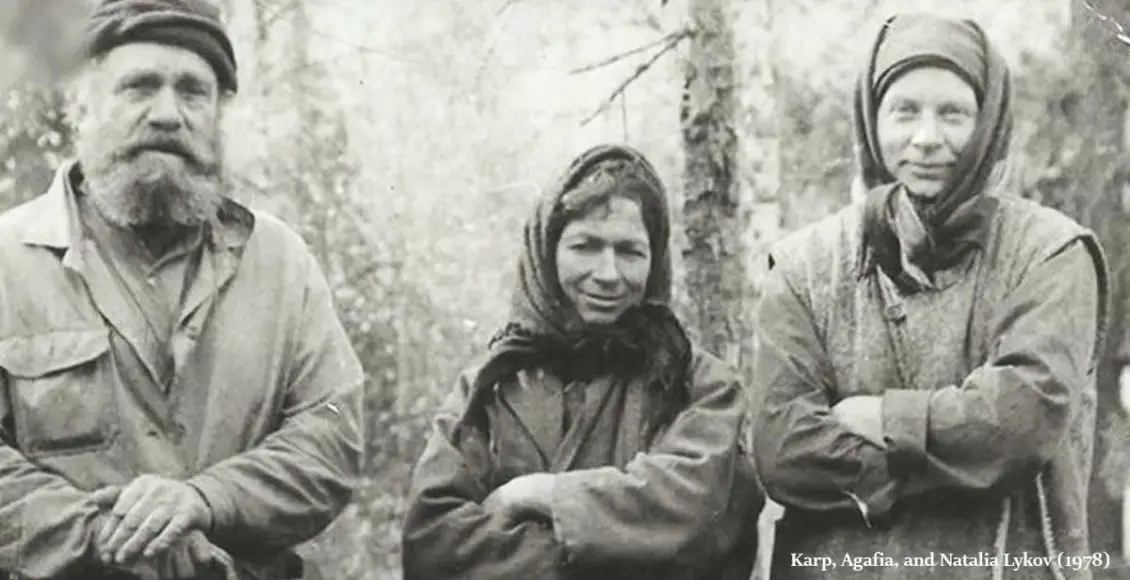
The Siberian taiga is known to be one of the most isolated areas of land in the world. In addition, it is extremely difficult for travel and it’s close to impossible to live there due to its short summers and long, harsh winters.
It is the largest of our planet’s almost uninhabited wildernesses.
The Siberian taiga’s 5.1 million square miles encompasses, give or take, 10% of the world’s land surface. It is home to bears and foxes in the daytime and wolves who hunt night.
Regular temperatures are -5 Celsius and summers are short. In the winter of 1993, an extreme temperature of -67.7 degrees Celsius (-89.86 degrees Fahrenheit) was recorded.
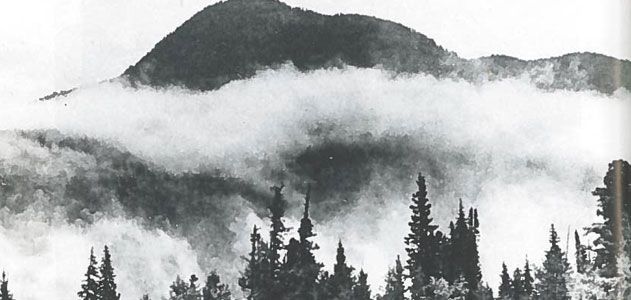
Maybe you are familiar with some of the stories about Japanese soldiers emerging from the jungles in the pacific theater. And one of them is about a man named Shoichi Yokoi, a soldier who spent 28 years of his life in the Jungle of Guam after the end of WW2. You can see a documentary about his story in the video below.
But there is another astonishing story of a family that hid in the vastness of the Siberian taiga for more than 40 years.
In 1978 geologists from Russia came across a family in Siberia that had survived in isolation for over 40 years. The Lykov family were ‘Old Believers‘ who lived as hermits deep in the taiga of the Sayan Mountains in Southern Siberia from 1936 until they were found in 1978.
They lived around 150 miles from the nearest human-inhabited area, in a zone that previously hadn’t been explored. Earlier, they lived in a populated part of the country but after Karp Lykov’s brother was gunned down by Soviet soldiers, he and his family fled to the depths of the taiga where they started a new life.
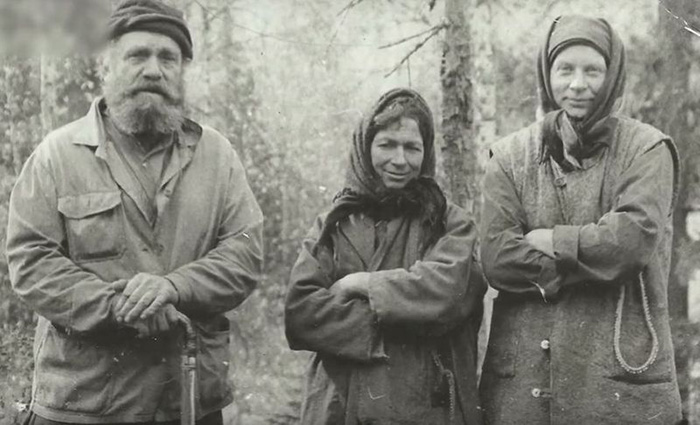
For over 40 years Karp and his wife and children lived in a small wooden house situated near the Mongolian border.
When Karp, his wife Akulina, their daughter Natalia, and son Savin started living in the wilderness, two more children were born: Dmitry in 1940 and Agafia in 1943. The family had prayer books and an old Bible, thanks to which the children were able to learn reading and writing.
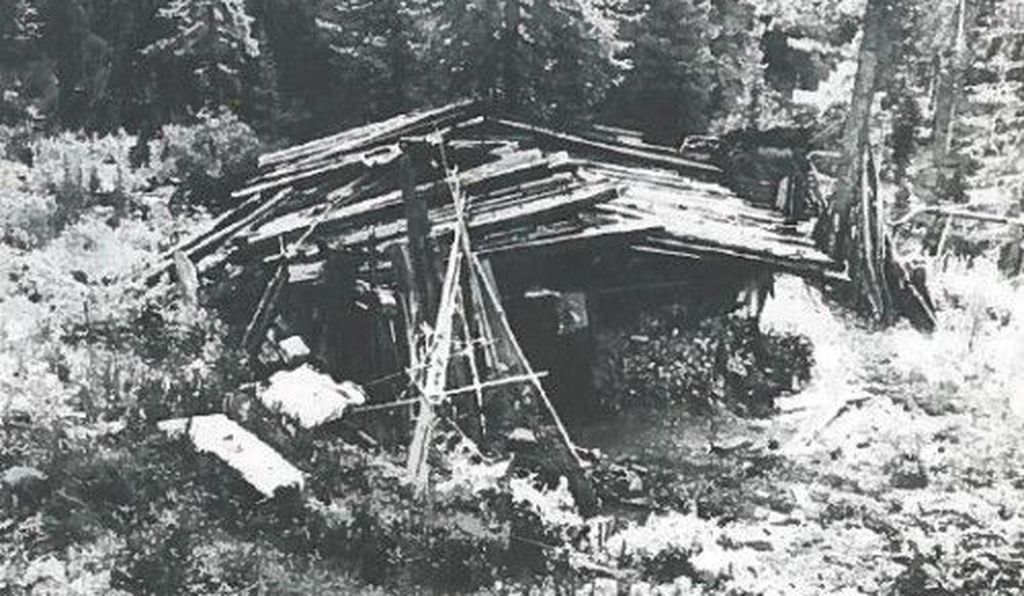
The family sustained themselves by growing their own vegetables and eating forest berries. They also sewed their own clothes made from the fabric also made by themselves. They learned the ways of hunting without bows and guns, and when he grew up Dmitry became an exceptional animal hunter. He eventually became so tough that he would hunt barefoot in winter.
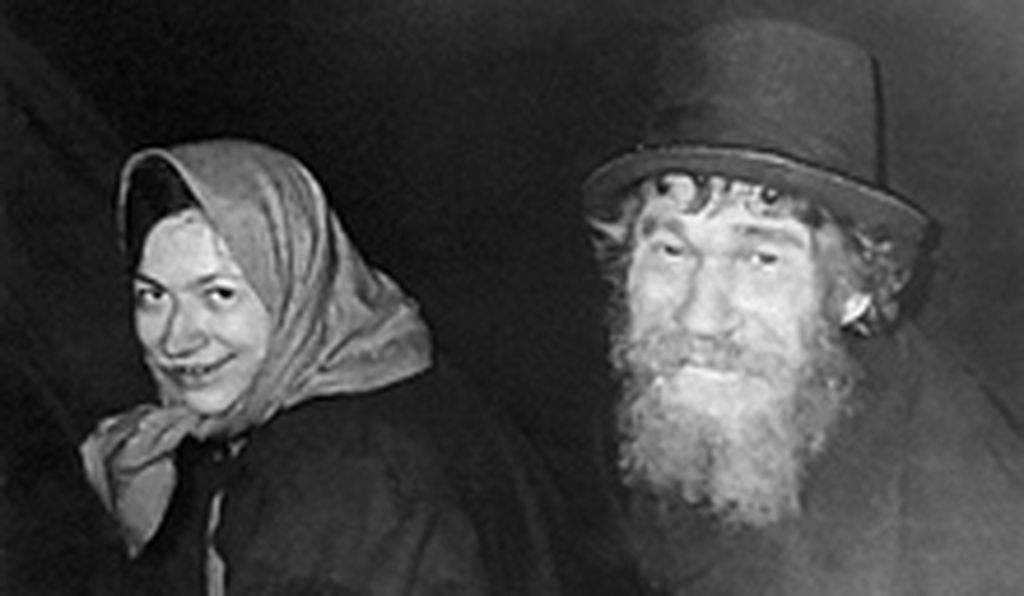
Towards the end of the 1950s they were met by starvation and Akulina passed away, leaving behind her husband and children.
When the geologists stumbled upon the family in 1978 they were shocked to find them living in medieval conditions. But Karp welcomed the travelers with kindness. At first, the family did not accept anything offered to them by the geologists and the only thing they would take was salt. Karp had not had a taste of salt in more than 40 years.

The Lykovs were not aware of WW2 and also did not know that humans landed on the moon. Once the geologist befriended the family they showed them some of the world’s modern innovations.
Karp was left speechless.
“What amazed Karp most of all was a transparent cellophane package. He said, Lord, what have they thought up – it is glass but it crumples!,” said reporter Vasily Peskov.
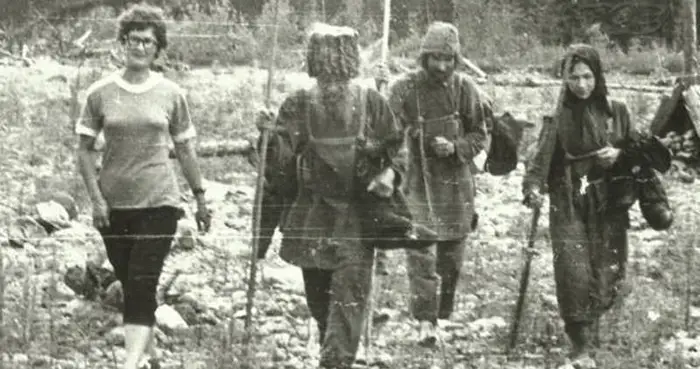
During the fall of 1981, three of the children (Natalia, Savin, and Dmitry) died. Two of them of kidney failure and one from pneumonia.
A number of times the geologists attempted to persuade Karp and his daughter Agafia to start a new life with relatives in a village 150 miles away but they denied the offer.
Karp passed away on February 16 and his daughter Agafia remained living alone in the mountains of Siberia to this day.
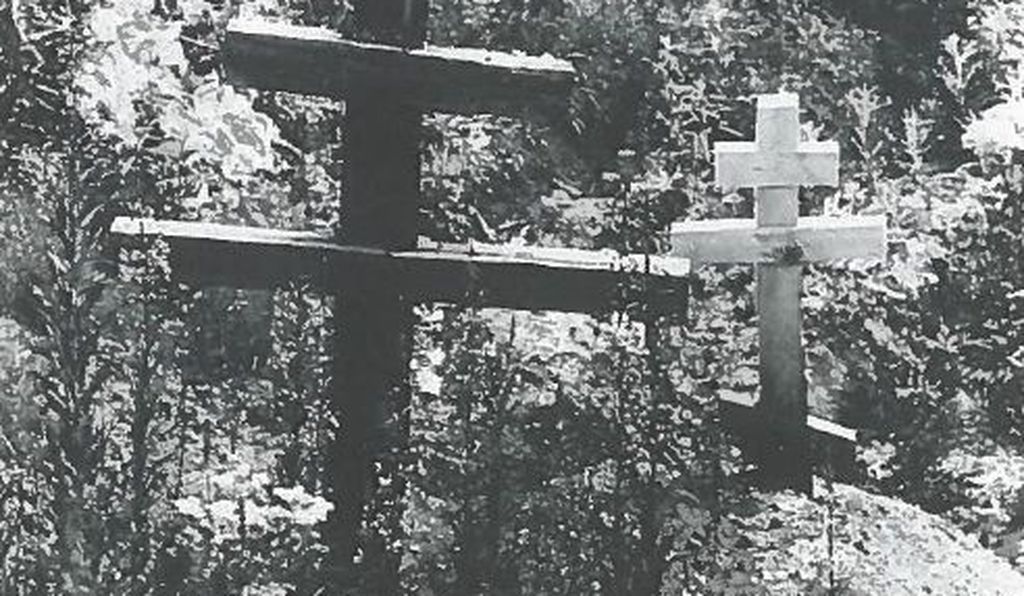
See RT’s documentary on the life of Agafia in the video below.
What are your thoughts on this touching story of human survival? Let us know by joining the conversation in the comments and please share this article if you’ve found it of value.


